Today I was trying to solve a problem that involved modular arithmetic. I was not able to solve it. So I looked it up on Geeks for Geeks
The above image shows what the author did. I know modular addition for two numbers
(a + b) % m = (a % m + b % m) % m
This works for any positive values of a and b
When I consider the equation the author used in the image.
a % k + b % k = 0
I substituted some random values for a , b and k to see if it really works. It turns out it fails for the input values a = 2, b = 5 and k = 7.
2 % 7 + 5 % 7 = 7 ≠ 0
When I considered the last equation. It worked.
b % k = (k - a % k) % k
(5 % 7) = (7 - 2 % 7) % 7
5 % 7 = 5 % 7
(a + b) % k = c
When I solved the above equation with the same idea as the author, I got
(a + b) % k = c
a % k + b % k = c
b % k = (c - a % k + k) % k
It works for any positive values of a, b, c and k
In the equation,
(a + b) % k = (a % k + b % k) % k
Can I just ignore the last k and proceed while expanding (a + b) % k ?. I wonder how the absence of the last k doesn't affect the final result
